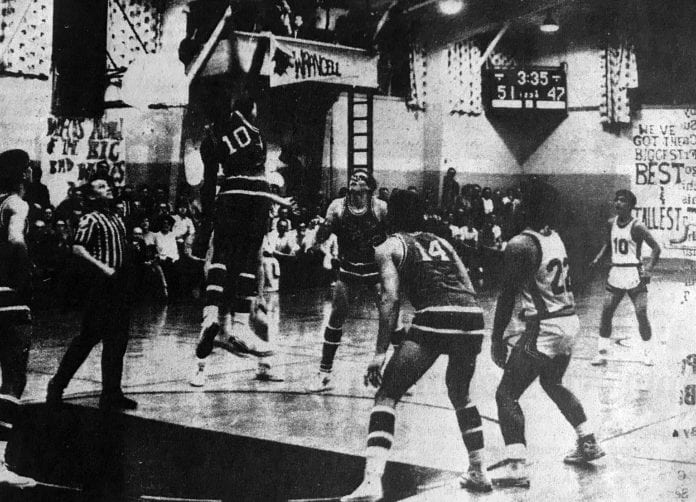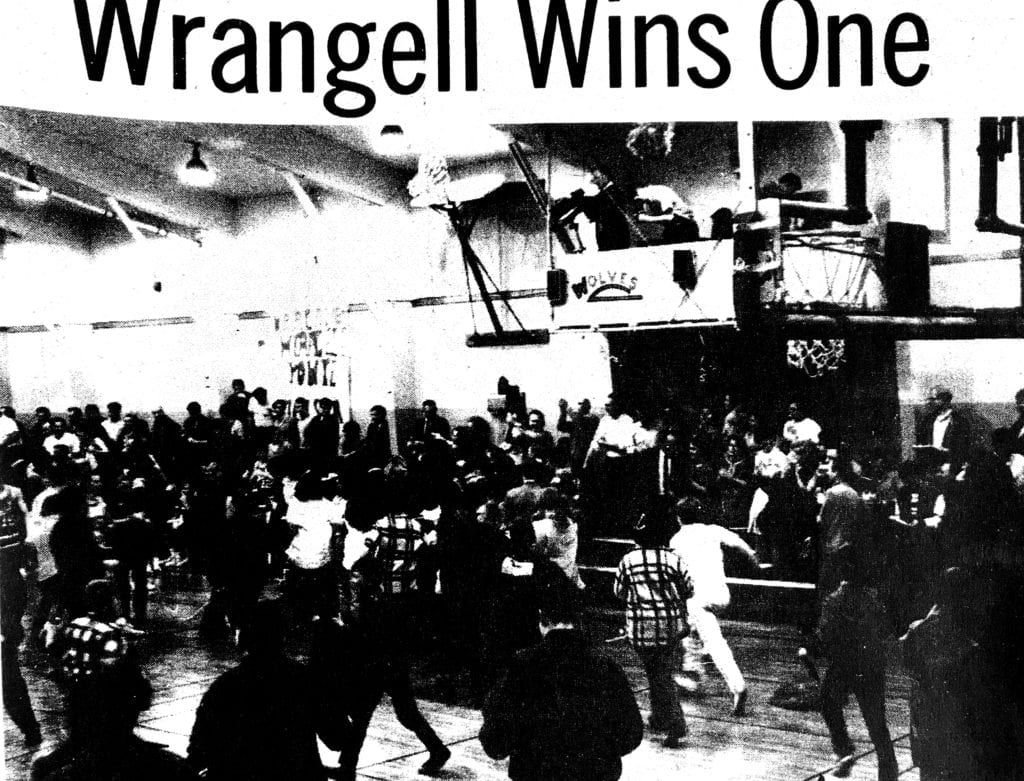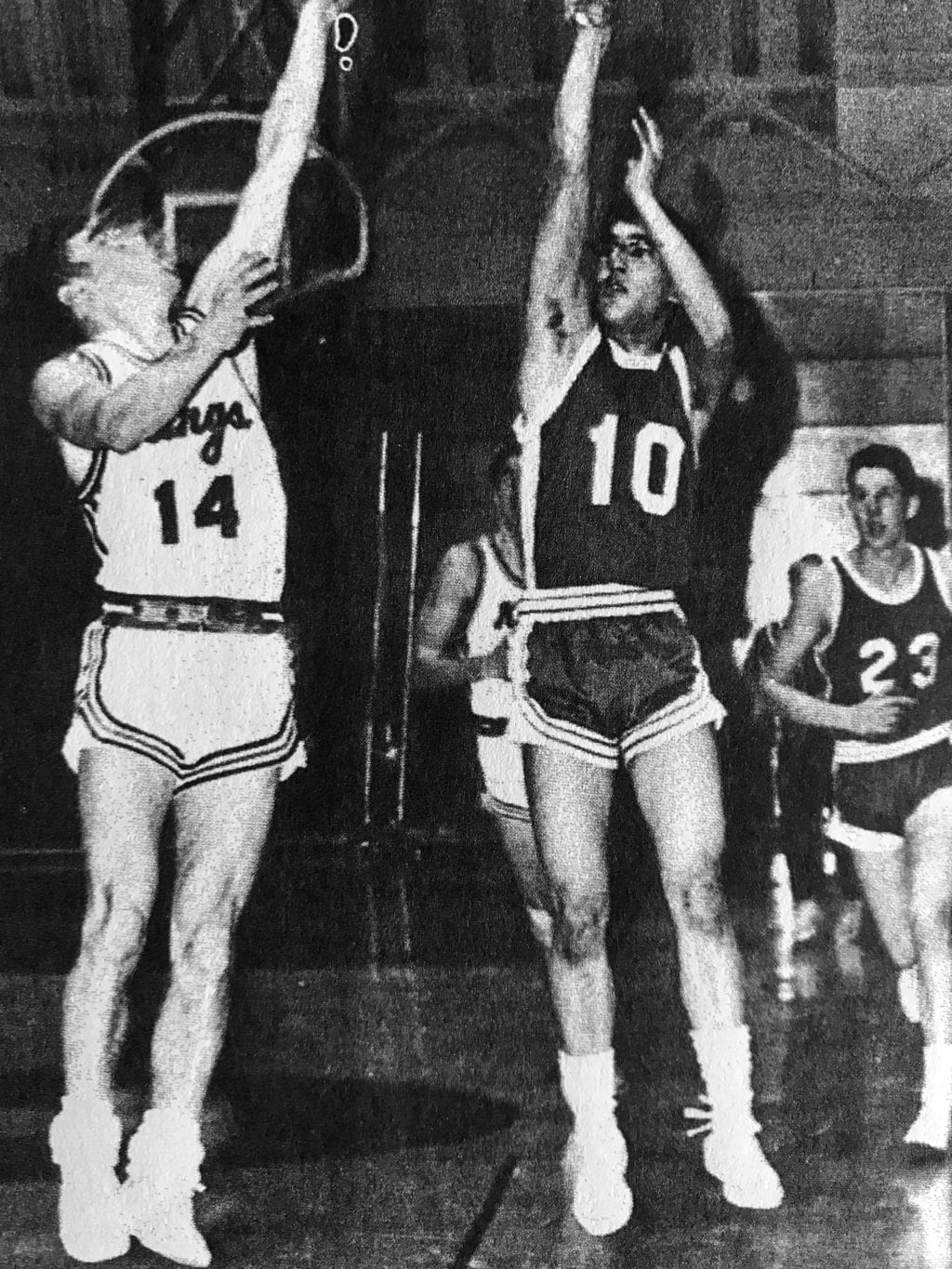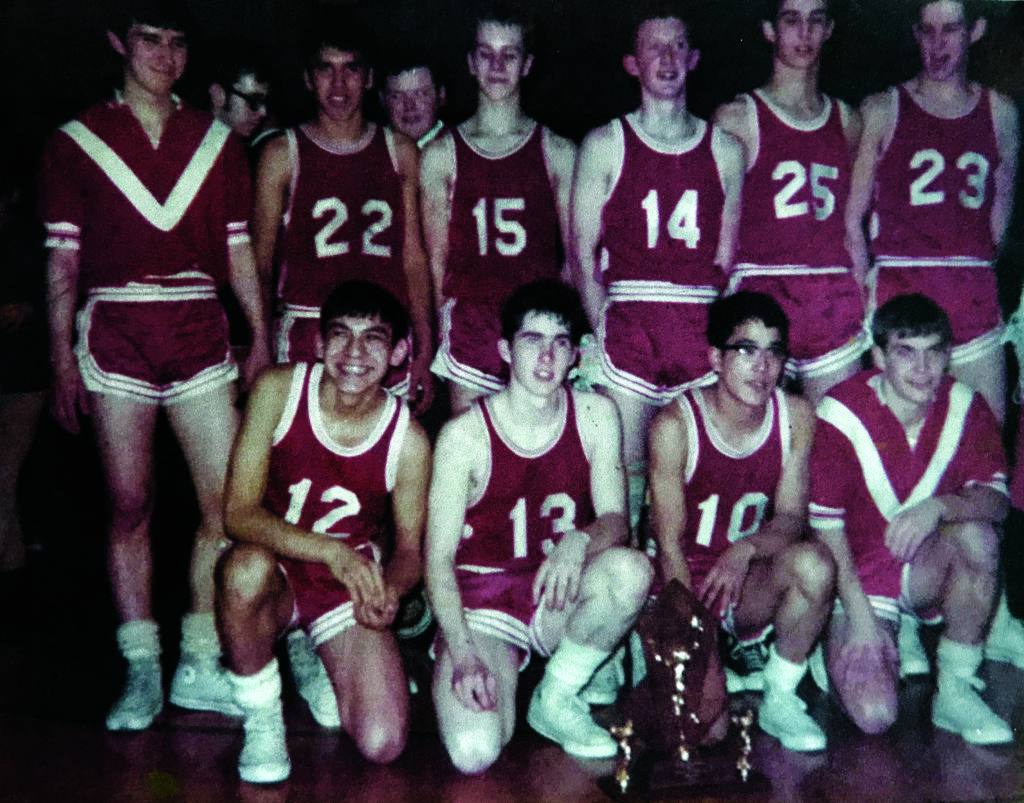
Basketball is king in Alaska, with young hoopsters from the smallest village to the largest metropolis dreaming of playing for a state title under the shining lights of Anchorage’s biggest arena.
With the advent of ASAA’s 1A through 4A classification system in 1984, which divided the competition into schools of similar enrollment, the chances of a championship were greatly enhanced.
Prior to that, such was not the case. For many years, there was a single all-state championship, regardless of school size, pitting the top team from Southeast Alaska versus the top team from Western Alaska in a best two-out-of-three playoff.
Scenes reminiscent of the classic 1986 movie “Hoosiers”, based on a true story in which a small-town squad from Milan High School (enrollment 161) upset huge urban powerhouse Muncie to win the 1954 Indiana State title, were rare indeed.
Legendary Cordova Coach Bob Lenz wore out a video of that hoops classic while inspiring his teams, and rare was the Cordova High School Wolverine that couldn’t quote lines from the movie dialogue, including “Don’t get caught watching the paint dry!” referring to being caught for a three-second violation in the key.
Yet a 3A state title eluded Lenz, with Virginia Anderson’s Lady Wolverines shocking everyone in 1987 to garner Cordova’s only Alaska state 3A title. (When Coach Chuck Taylor’s CHS boys won two Class B titles in the late ’60s, teams from Southeast Alaska did not participate.)
However, in 1970, well before ASAA went to the 1A-4A system, a team from a small town in Southeast came oh-so-close to Hoosier-like fame.
Wrangell and Cordova had a lot in common: Isolated coastal towns, dependent on one primary industry — logging in Wrangell, fishing in Cordova. High schools of similar size: Wrangell around 250, Cordova about 150. At that time, Cordova had just moved into its new high school, with a much larger gym than today’s Bidarka Rec Center; Wrangell still played in an older smaller facility. Historically, both schools struggled against bigger schools.
Southeast had an unusual playoff format: All schools, regardless of size, played in a Southeast Championship, held in Juneau, Sitka or Ketchikan, which had the only facilities big enough to handle all the games.
Squads from Juneau or Ketchikan usually dominated, and advanced to state, typically facing big schools from Anchorage or Fairbanks.
In 1970, the Wrangell Wolves ended 18 years of futility by clobbering Hoonah 98-40 in the opener, edging Juneau-Douglas 87-83 in the semi-finals, and then topping Ketchikan 75-62 to win the Southeast championship.
When the Wrangell squad arrived home on the ferry Matanuska, the only people not at the docks to greet them were fans in fishing or tugboats racing about tooting horns. Most of the town’s populace stood on the piers waving signs amidst firetruck hoses wildly spraying water as the high school band and sirens blared away.

The Wrangell Sentinel ran several front-page stories, including a feature describing how distracted local fans were by the exciting play-by-play game broadcasts.
Samples: “If some of the women in town have ragged hairdos, it’s because the beauty operator cancelled all her appointments and flew to Ketchikan for the final game.”
“Wrangellitis has reached epic proportions and is spreading like wildfire as grown men slap their worst enemies on the back in a fit of brotherly love and smooch their mothers-in-law.”
The victory paired Wrangell against the Thunderbirds of East Anchorage, enrollment 1,963 and coached by relative newcomer at the time, Chuck White.
One local fan commented, “I hear East Anchorage’s coach is 6-foot 8-inches tall. Sure glad he’s not playing.”
Because the site of the Southeast VS Western Alaska championships for the Alaska State title rotated, Wrangell would host the best two out of three playoffs.
The David vs. Goliath matchup, played 16 years before the movie “Hoosiers” was made, would take place in Wrangell on Friday, Saturday and Monday, March 11, 12 and 14, 1970 (if a third game was necessary).
A local fan defended their court: “They say we have a cracker-box gym, which is true, but the playing court is the same as any other so let’s give our Anchorage visitors a big welcome and accept the team that wins the series here as All-Alaska Champions.”
The Thunderbirds won the tense first game 57-55, with Wrangell losing two chances to tie in the final 30 seconds. The Wrangell Sentinel described the local squad as feeling the pressure of playing on their home court and being “tighter than a drum,” while shooting only 30 percent from the field and 60 percent from the foul line, compared to much higher percentages in the Southeast playoffs the week prior.
The paper also mentioned Anchorage Coach Chuck White had the advantage of scouting the Wolves during the SE tournament, as his squad had won their berth a week earlier.
Saturday, Wrangell bounced back to top East 57-52. The Wolves double-teamed Anchorage’s top scorer and rebounder, 6-foot-2, 240-pound Jim McNabb, holding him to 22 points. The partisan crowd threw confetti and surged onto the court after the win, which forced a final one-game playoff for the state title.
Photos of the crowd reaction were air speeded to the Ketchikan Daily News by Alaska Airlines pilot Gene Heath.
Alas, the Thunderbirds prevailed 71-59 in the final game. The Wrangell crowd gave both teams a standing ovation after the final buzzer sounded.
Fifty years later, amidst all this year’s Christmas mail, a large manilla envelope stuffed with copies of newspaper clippings, scouting reports, tournament programs, and photos of those unforgettable moments arrived in Cordova.
It was neatly organized, and even included a chronological table of contents, describing the 34 items within.
Of course, what else would you expect, as it came from Wrangell’s longtime city financial director and then city manager, Jeff Jabusch.
But it’s recipient might surprise you. It was Cordova’s soft-spoken dentist, who has been here so long and has served us on a moment’s notice so often we all take him for granted.

Jabusch, alias “Jay”, and Gilbert Urata, known as “Gil”, were small-town buddies and perimeter standouts for the Wrangell Wolves. Both consistently scored in double digits. Jabusch was Wrangell’s top defender, always chosen to guard a tough opponent; Urata was the feisty point guard and team leader.
A copy of Chuck White’s scouting report was included in the packet and was spot on. It described Urata, a 5-7 guard, as a good outside shooter who liked to gun the ball off the fast break, and the 5-foot-8 Jabusch as a good shooter and rebounder, an excellent ball handler, and their best defender.
Of course, I already knew some of this, as Dr. Urata would quietly tell basketball stories while I sat in his dental chair waiting for my jaw to go numb.
For example, “Our coach played football in college, and didn’t know-much about basketball, but he did know about toughness. Our two-hour practices consisted mostly of wind sprints and rugged scrimmages that paid big dividends.”
Urata also mentioned that the series was the first live television broadcast of basketball from that end of the state, and that during the week prior to the playoff a maintenance crew hung pipes on chains from the ceiling to create a small overhead broadcast booth of plywood, knowing there would be no room in the bleachers.
His description of the final game loss was succinct.
“They were just too deep and wore us down,” Urata said, before beginning work on my ailing tooth.
But what never wore down was the bond between two backcourt teammates, as well as indelible memories of dramatic days from 50 years ago, when in March 1970, the Wolves almost became Hoosiers.














